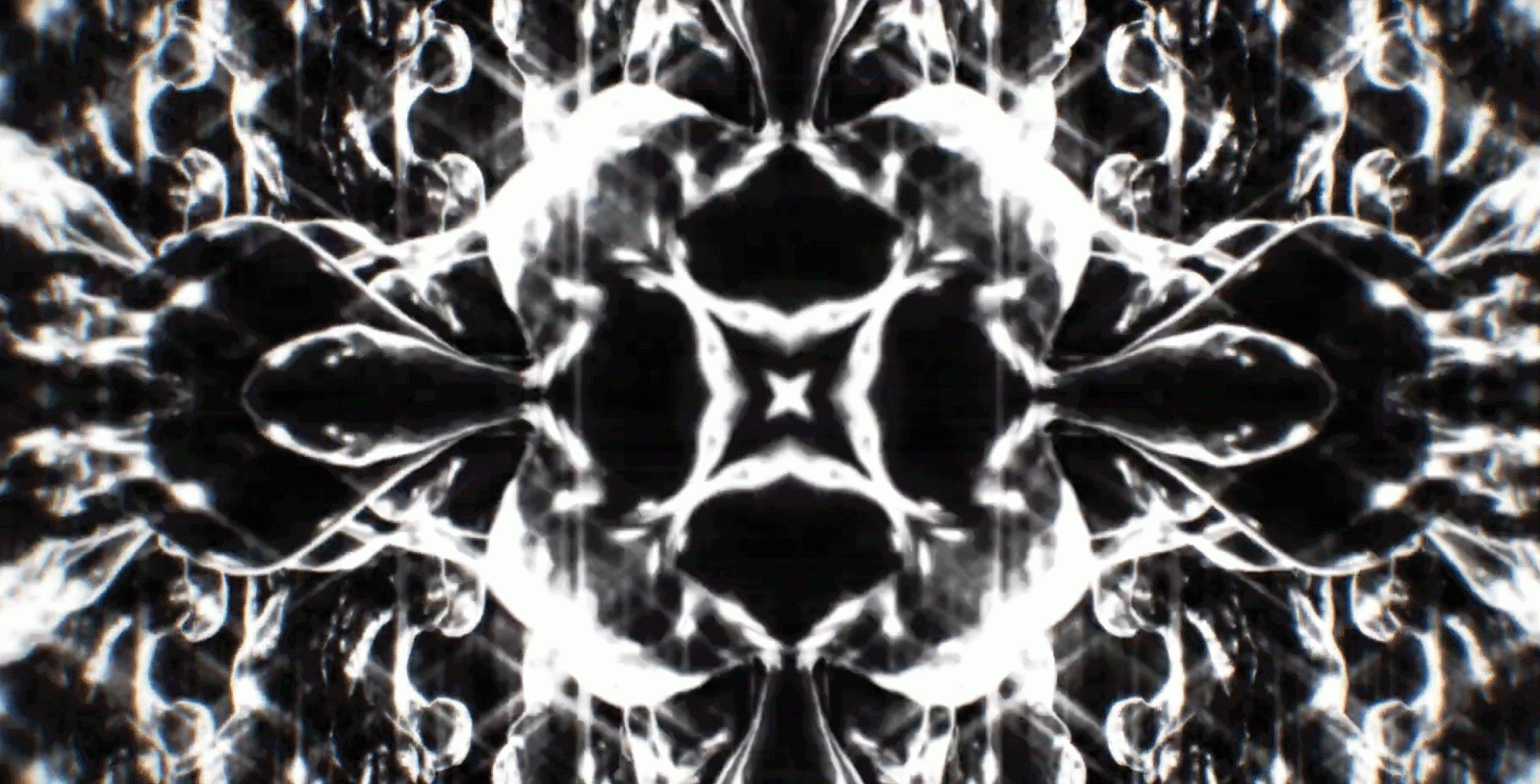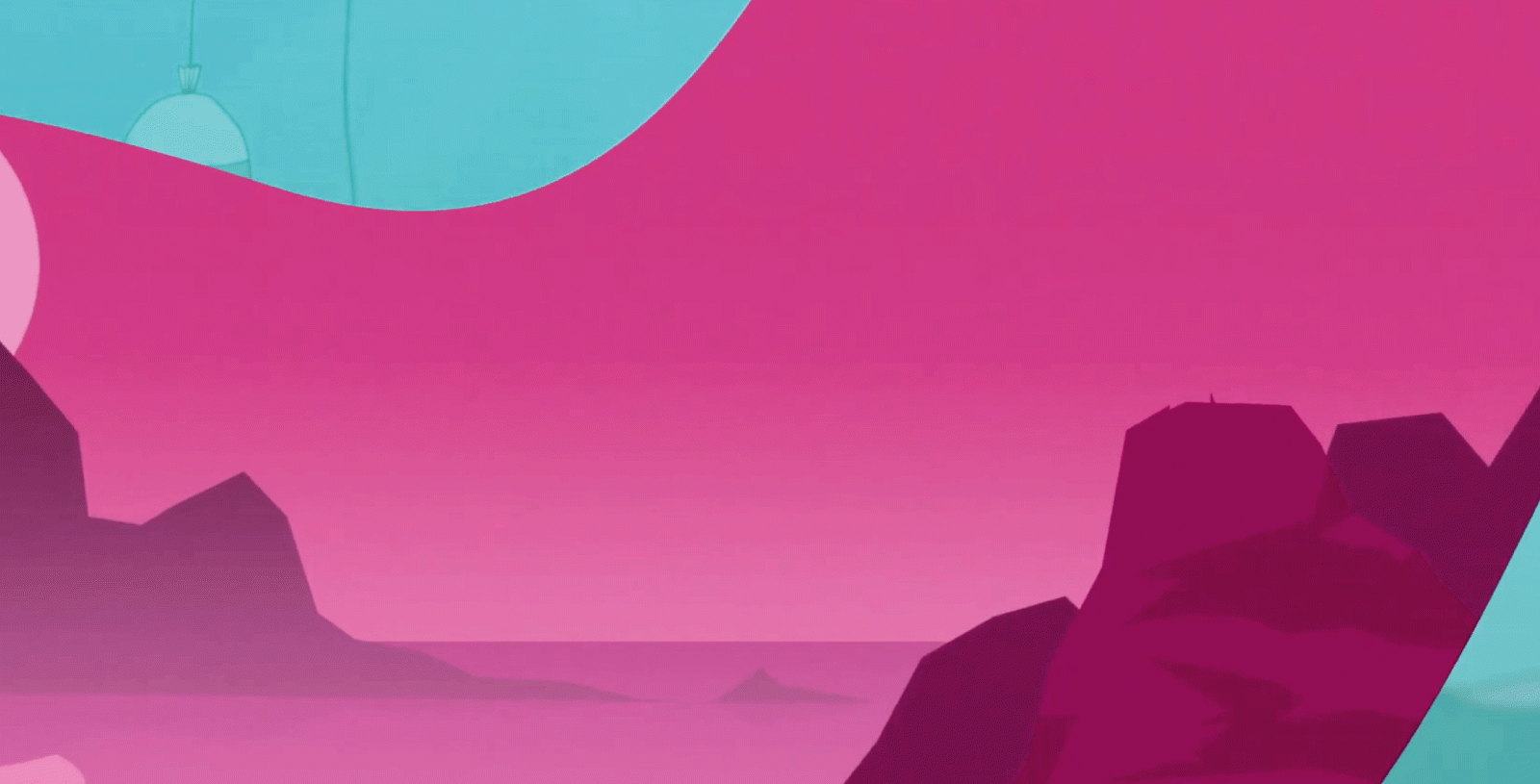Words by
Geum Hye Kim
Does visual stimulation help you focus on music? When you can’t have an egg without a chicken to lay it in the first place, can you have a symphony without an orchestra playing in harmony together on stage? In partnership with RMIT University, ANAM presents two special projects that will offer a new way of experiencing classical music.

When I was a student, I used to pin pages of Beethoven piano sonatas up on my walls, where others had Athena posters. The music was both silent, and sonically beautiful to me. The best analogy I can think of is when that character in The Matrix tells Neo that they can see through bits of green computer code on the screen and visualise faces and actions.- Michael Spitzer
Claude Debussy’s Préludes Book 1
As the self-claimed 'tone-deaf' music professor, Michael Spitzer explains, there is more than one way to appreciate music. For Spitzer, who was able to take sheet music, and use that visual information to simulate an aural experience, 'auralisation' was one way to deepen his understanding of Beethoven’s genius. But hearing is only one of our five senses. And so, if auralisation is one way to experience music, visualisation might be another.
How do we visualise sound? Musicologists, for one, have numerous ways to map out sounds, and dissect a classical composition. For instance, see how neatly Bach’s prelude in C major can be turned into a mathematical figure. Visual artists also draw inspiration from music, and I’m not just talking about Andy Warhol and his pop-tastic Marylin Monroes. Just see how designer Nicholas Rougeux is able to break down classical music scores into a whirl of dots. In Rougeux’s work, the different timbres of instruments and motifs are represented through the difference between sizes, opacities, colours, and overlapping patterns. Even the viewers who lack auditory skills or musical literacy are able to enjoy his work, and through his work, classical music.

As Zurich Chamber Orchestra demonstrates through their ingenious promotional video, visualisation might be a way to nurture the next generation of listeners. To explore this idea further, last year ANAM worked in partnership with RMIT, an institution that is known for their expertise in communication and digital media, to animate the music of Claude Debussy’s Préludes Book 1.
If you take the history of animation into consideration, it's not so hard to imagine why Mickey Mouse debuted in Steamboat Willie. In Steamboat Willie, it's the soundtrack that informed the rhythmic action of the characters, which made them so charming, and made the narrative fun. To love Mickey Mouse is to love its music. Even Disney himself had been infatuated with the big band, as in the case of Blue Rhythm. There was a close tie between animation and live theatre in his time. (Of course, his audience was fascinated by synchronised sounds and the filmic experience was together different from nowadays). Many of Betty Boops’ episodes are a homage to Cab Calloway's music – you might even say these animated shorts are pre-MTV music videos – and even Betty herself is a parody of Mae Questel and her infamous singing style. After all, what would Frozen be without Let it Go?

Debussy’s Préludes naturally lends itself to animation. Debussy's music expresses a vast repertoire of emotions, colours and moods – which are all designed to trigger our imagination. And RMIT animation students certainly opened themselves up to the world of possibilities, and the paraphernalia of colours, drama, and forms that are available at their disposal. The animators were guided by only one thing: the perfromance of ANAM musicians. Each animator add their own share to the outlandish world of Debussy's music. Play the series of videos below, and you will see what I mean.
Performed by ANAM musicians, with visuals by RMIT animation students.
How does one attempt to grasp the incomprehensible? Through lists, through catalogues, through collections in museums and through encyclopedias and dictionaries. - Umberto Eco
Symphony in No Need of an Orchestra
With the introduction of the modular music making system, such as the BLOCKS, increasing numbers of composers and musicians visualise music not only as cursive forms and notations on sheet music, but also as square blocks and bars of midi score. Whereas traditional musical symbols work flawlessly with how a human body may work with an instrument – sharing the same kind of curves and sway as, for example, a hand drawing a bow across a curved body of a cello – there’s something so mechanical about the modular system, which mimics a sequence of on-and-off switches, and the clear cut, equational relationship between the input and the output.
A continuous ‘hum’ is produced as long as a button is pressed, and a musical piece can be visualised as multiple, parallel lines, where each line indicates how long a particular instrument should be played, in what way. This is essentially a list-like breakdown of performance. This enumeration, though, still appeals to what makes us most human – our culture.

Interestingly enough, according to well-known semiotician Umberto Eco’s argument, our desire to enumerate and catalogue is the source of cultural development. We complile encyclopedia because we have a fundamental desire to understand the incomprehensible – and what better way to go about it, if not by breaking it down into digestible chunks of information? There’s something sublime about Britannica, numerous oxford dictionaries and references, and dizzying and ever-growing list of Wikipedia entries which are edited in real time. Tell me you never stayed up at three am clicking thorugh Wikilinks, just like you would click your way through YouTube suggested videos. It’s no wonder why listicle became the most trending journalistic article in the age of Buzzfeed.
One of the most punctilious authors to undertake this precarious task was C Dennis McKinsey. As a philosopher, McKinsey took it upon himself to make the unknowable knowable to his readers, and produced The Encyclopedia of Biblical Errancy. In tune with Eco's claims, McKinsey's encyclopedia is the most comprehensive critique of the Bible ever written, delving into the world's bestseller with fastidious, clinical efficiency. Unfortunately for him, the act of enumeration is exactly what makes the subject sublime – just see the section called "List of List of Lists" on Wikipedia, which is further categorised and listed by the list of contents – your mind immediately begins to imagine the infinity of possibilities, and ever-growing pockets of knowledge with which a human mind cannot be kept up. It’s no wonder that many writers and librarians, who like to play god in their small domain of knowledge, fall in love with lists or catalogues of their own. Just ask Borges and Calvino. Or go into the reference section of any self-respecting library, where the thick-tomes tower over you in a taunting manner.

In partnership with composer and pianist Michael Kieran Harvey, the RMIT University Sonic Arts Collection and SIAL Sound Studios, ANAM presents the world premiere of Michael Kieran Harvey’s Catalogue des Errances Bibliques. Scored for a barrage of ANAM keyboards and percussion, this work whimsically reinterprets each of the 25 chapters of The Encyclopedia of Biblical Errancy as a homage to its punctilious author, C Dennis McKinsey. Just like McKinsey's encyclopedia, Harvey’s Catalogue des Errances Bibliques leaves no stone unturned. From the Bible’s chaotic composition to other Holy Books and life after Biblical Errancy, the upcoming performance on 25 May is designed to sweep the audience across the entire history of the Bible.
Think The Book of Mormon, and imagine what will happen if this musical comedy were to cross paths with Messiaen’s Catalogue d’Oiseaux, a work that’s far more faithful and affectionate; and you will be left to wonder how Harvey maintains a light-hearted approach to the most grandiose of all subjects, simultaneously while capturing the energy of the genre, and somehow doing it all without having an actual orchestra present to help him out in his task.
The performance on 25 May is further accompanied by narrator Arjun von Caemmerer, whose work is described as “a poetry that uses language like plasticine” (Collective Effort Press); "when language is contorted, the mind goes into a spin until the enforced concentration resolves itself into what is called ‘meaning'," and as a yogi and a general medical practitioner, he’s well-equipped to guide the listener through such gyroscopic motion.
Harvey and Caemmerer are aided further by superb immersive sound by Lawrence Harvey (RMIT), who is currently investigating diverse musical instrument resonance to integrate with new sound spatialisation strategies, and his pupils. What results is a hilarious, high energy symphony in no need of an orchestra.
Spatial Sound Composition & Diffusion Concert 2016 [Binaural Audio] from SIAL Sound Studios on Vimeo.
SYMPHONY IN NO NEED OF AN ORCHESTRA
Saturday 25 May 5PM
ANAM, South Melbourne Town Hall
FIND OUT MORE
Presented in partnership with the RMIT University Sonic Arts Collection and SIAL Sound Studios, School of Design